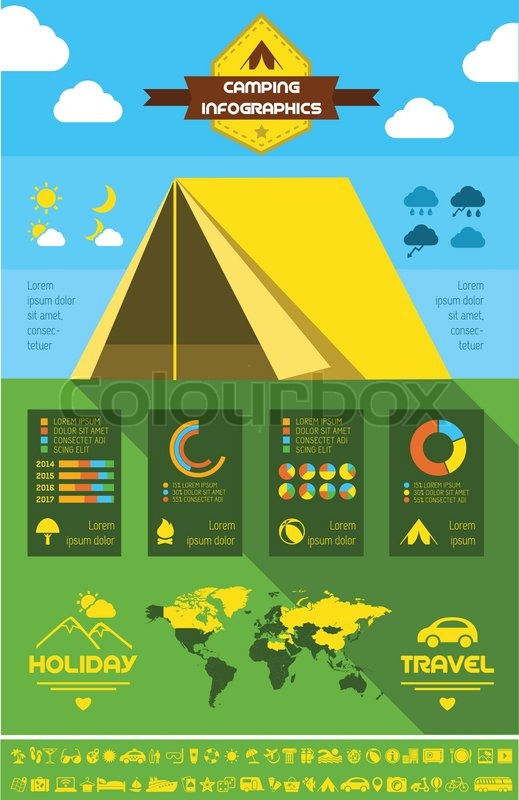Selling Your Camping Tents Product Online In Your Virtual Store
Selling Your Camping Tents Product Online In Your Virtual Store
Blog Article
Taking Pictures of the Night Skies
A selection of factors can affect evening sky photography. From weather to upcoming celestial occasions, you'll wish to plan ahead to guarantee success.
How do you pack a tent back in its bag?
The shutter rate you select figures out whether stars appear as accurate pin-points or trail across the photo. An excellent guideline is to limit the exposure to 500 seconds, or the matching of your lens's focal size.
Area
Among the most important factors in an excellent photo is where you take it. Aim for areas with marginal light contamination, and prevent places that have bright city lights and skyscrapers.
Additionally, search for a location that provides foreground elements to develop make-ups with. For instance, dune patterns, wind-sculpted ridges and rocky outcrops can all give fascinating foreground aspects to assist tell the tale of your evening sky photograph.
It is additionally practical to research study huge events such as meteor showers and lunar eclipses to take advantage of possibilities for excellent photos. Using a device such as the Professional photographer's Ephemeris can be incredibly valuable when intending your shoots. It assists you to determine moon stages, Milky Way position and various other huge events. Additionally, take into consideration shooting in RAW format as opposed to JPEG as this provides you much more adaptability when refining the pictures. This is especially real if you prepare to print your pictures.
Video camera Setups
Getting the right electronic camera setups is essential for any kind of photo, but specifically so for night sky pictures. A wide-angle lens is best for capturing even more of the Milky Way and lowering star trails, along with a longer shutter speed to quit the movement of celebrities and reveal their information.
For an optimum level of clearness, shoot in RAW format as opposed to JPEG, which enables you to preserve even more data and gives versatility throughout post-processing. This can likewise add to submit size, so make certain you have plenty of storage room and extra sd card on hand.
Establish your focus to hands-on focusing by turning the AF/MF switch on your lens right into MF mode. You might need to take a couple of examination shots and inspect the image playback on your cam's LCD display up until you attain ideal, determine hands-on focus. It's a great concept to do this throughout the day with your selected lens and the place you will be contending evening, to confirm the precision glam camping tents of your focus setup.
Illumination
A good night skies photo calls for the right conditions. This consists of a dark sky, however additionally an interesting foreground aspect such as a hill on the horizon, a lake to show the celebrities, or a human element like a barn or shed. You can even make use of a headlamp to light up the foreground and include some drama or depth to your photo.
The most crucial camera settings for night sky digital photography are the aperture and shutter speed. The broader the aperture, the more light that reaches the sensing unit. This allows you to catch intense stars in a fairly brief amount of time.
The shutter speed establishes whether your celebrities will be pin-point best or if they will certainly appear as star tracks as a result of the Earth's rotation. Make sure to take multiple long exposure shots and pile them in post-processing for the very best results. Finally, shoot in RAW setting to give yourself optimal latitude in post-processing.
Make-up
The secret to lovely star shots isn't a high-end telescope, a brand-new wide-angle lens or a state-of-the-art Canon or Nikon video camera. It's method, preparation and make-up.
For starters, hunt your shoot location ahead of time to obtain a feel for the design and possible compositions. Think about integrating foreground components such as rocks, a lake or alpenglow on the landscape to add character and rate of interest to your images.
Bear in mind the Rule of Thirds when composing your pictures. This straightforward concept helps balance and merge photos. It's also useful for concentrating on sights in your image, such as rock features or the Milky Way. Likewise, keep in mind to intend your shoots around moon stages-- shooting at a full moon can overpower stars and produce a silhouetted form, while firing on nights with a new moon can help you see constellations a lot more plainly.
Do glamping pods have toilets?
